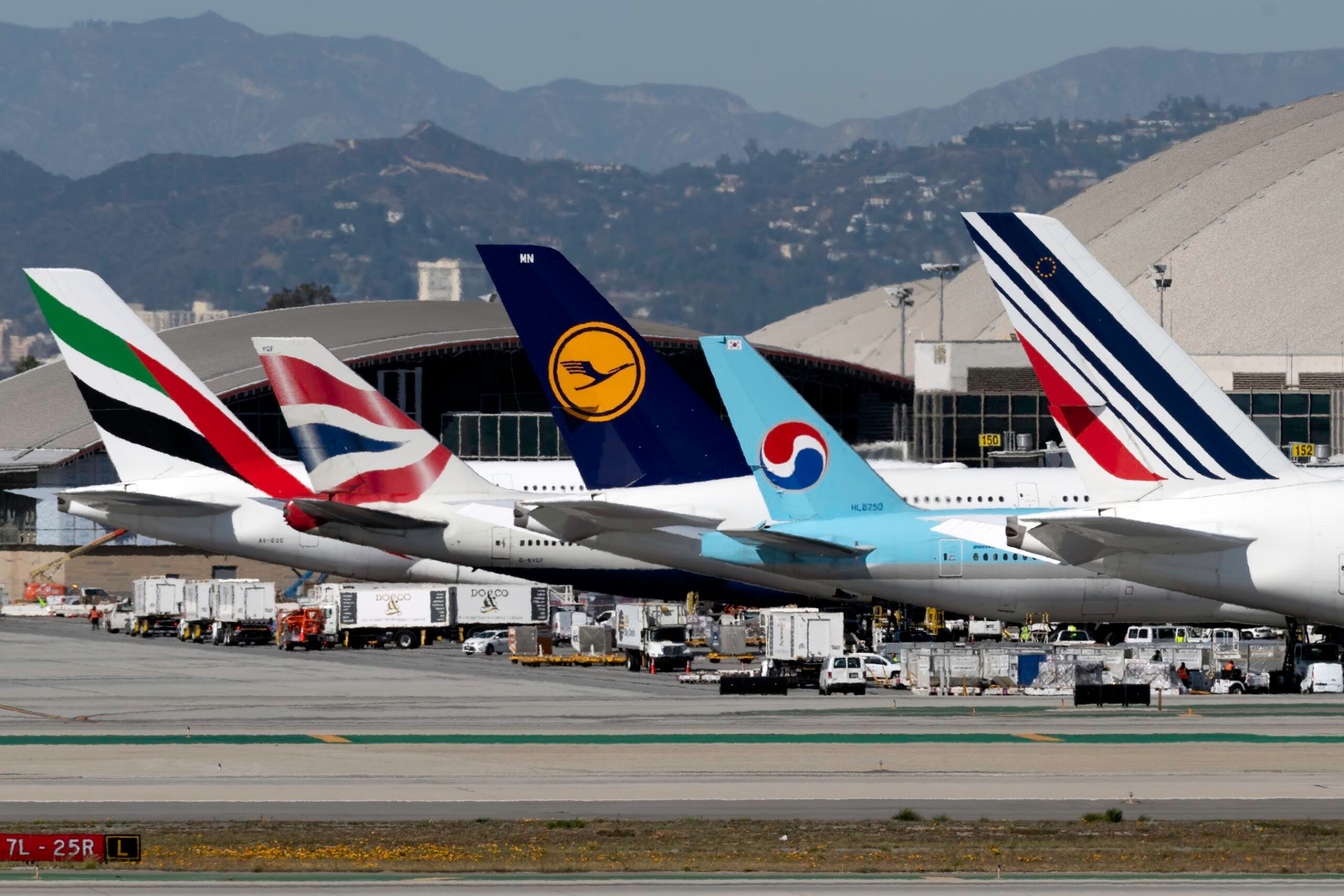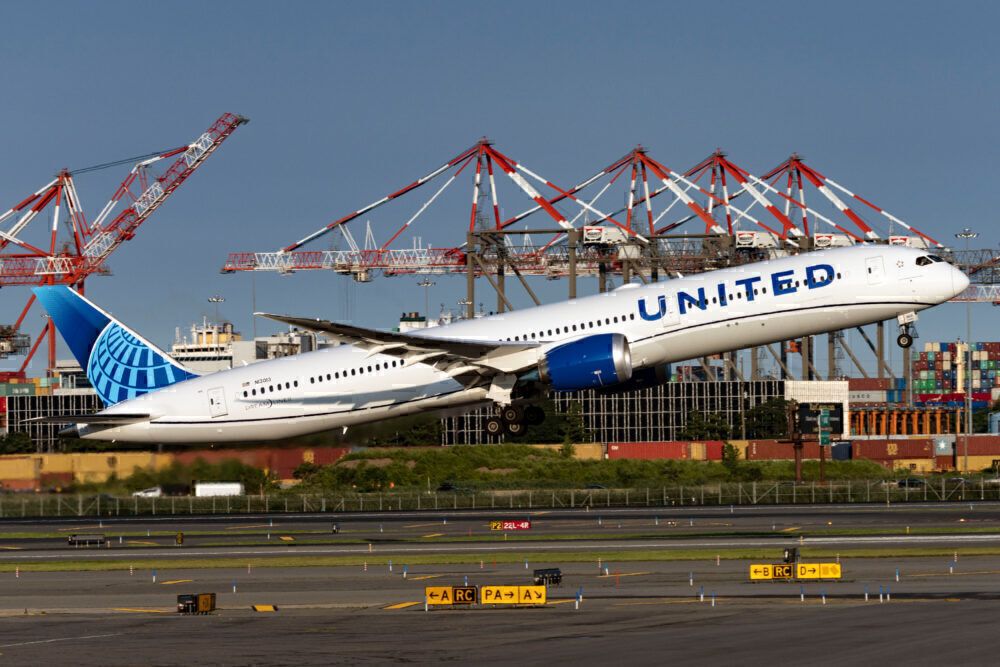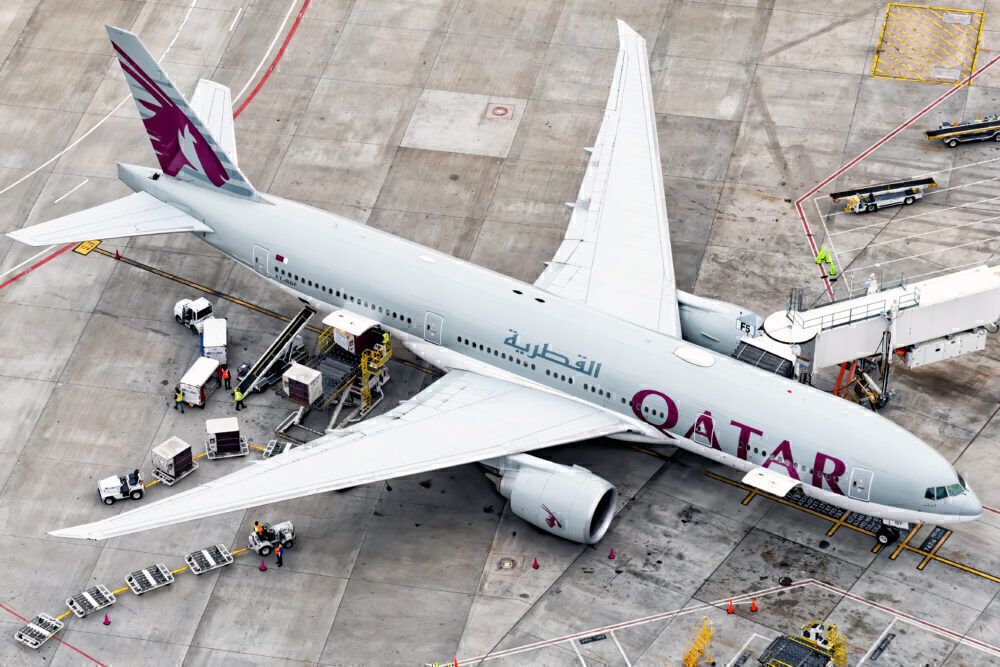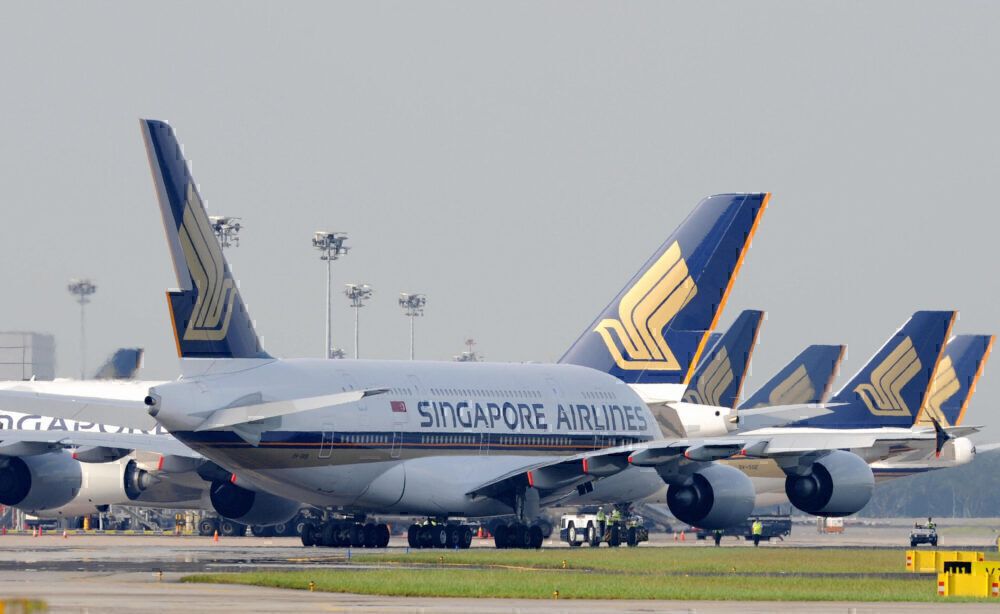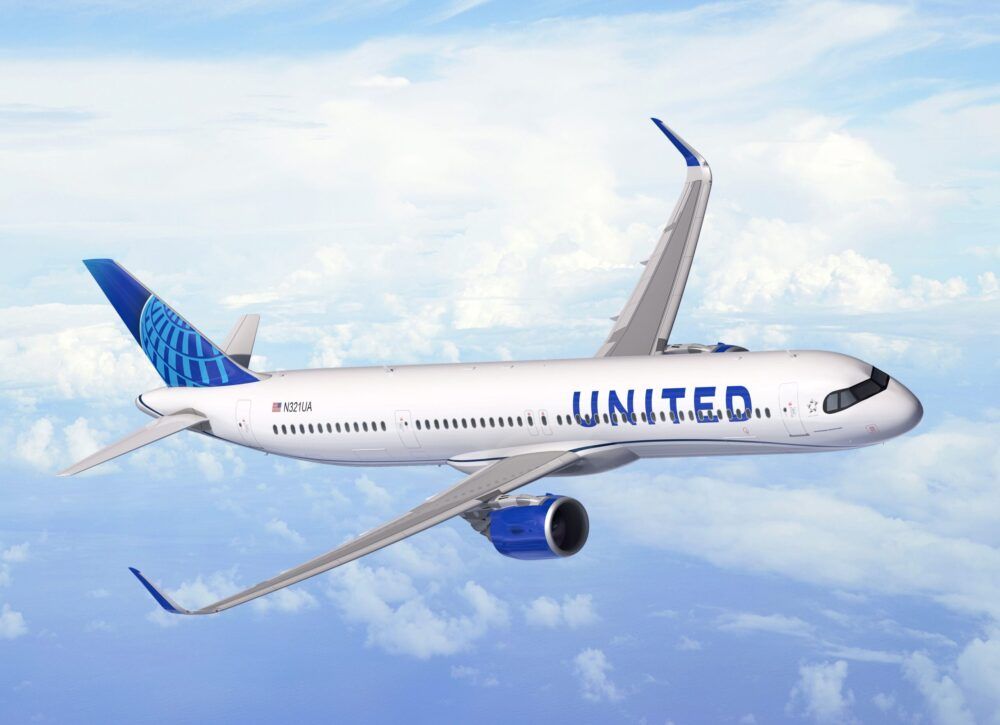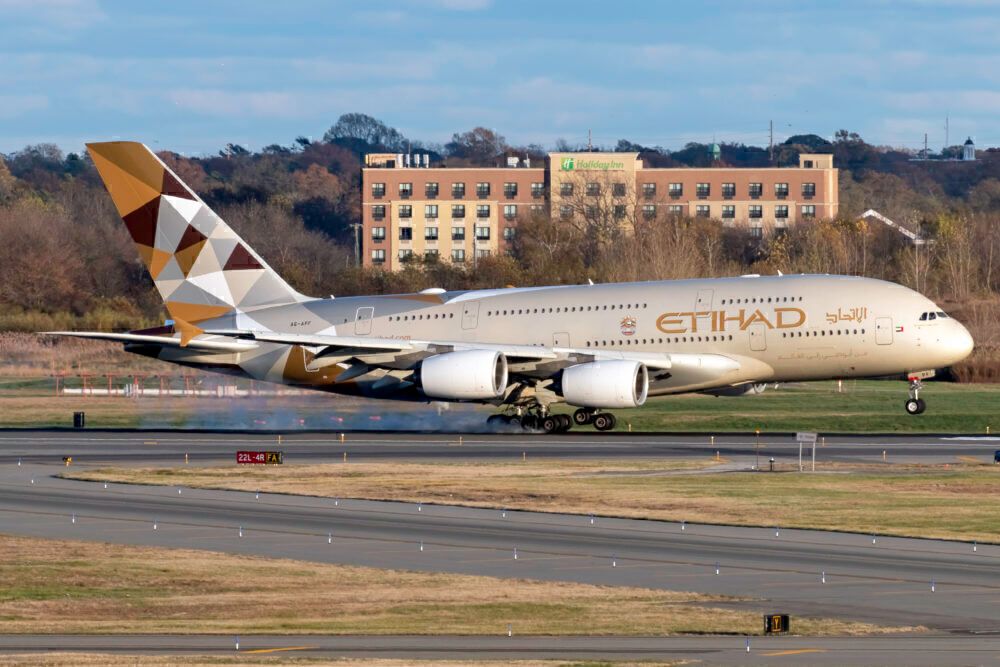As the pandemic shakes up the aviation industry, many are looking to the future to involve point-to-point flights. Airline hubs are quickly becoming outdated and inefficient as new long-range jets enter service and open up new routes. But don't expect airline hubs to disappear overnight. Here's why.
Connectivity
Perhaps the key feature offered by hub airlines is connectivity and flexibility. Most point-to-point carriers only operate high-traffic, profitable routes, avoiding 'thinner' routes to secondary cities across countries. However, by virtue of their model, hub-and-spoke carriers can aggregate traffic across several routes and fill up flights to secondary cities too.
To see this in action, it helps to use an example. United offers three connections to India, flying to Mumbai, New Delhi, and Bangalore (soon), flying to Newark and San Francisco only, forcing passengers from other origins to take domestic hops. Meanwhile, Emirates offers flights from 10 cities (from Delhi to Kochi) in India, removing the need for any domestic connections. Other hub carriers like Lufthansa and British Airways offer flights to several cities in India.
While India represents an extreme example of hub dominance, it explains the better options available to passengers when flying through with a connecting airline. Similar cases can be seen in destinations in Germany, Italy, the US, and dozens of other countries.
Conversely, hub airlines also offer passengers the chance to fly to destinations that may have direct connectivity from their home countries. On routes like Malè to Venice, hub airlines are the only ones to offer options, making them critical to connectivity.
Stay informed: Sign up for our daily and weekly aviation news digests.
Pandemic bolstering position
While many say the pandemic has hurt the hub-and-spoke airline model, the contrary might be true. Hub airlines have been one of the few to continue offering services throughout the pandemic to wherever possible.
While many destination-oriented airlines had to ax flights due to low demand and border closures, hub carriers continued to offer flights throughout the year. This aided repatriation at first and later helped boost tourism once restrictions were eased.
While carriers globally still suffered deep losses during the last year, hub airlines especially, they have managed to recover some traffic due to the capacity on offer currently. As most airlines operate scaled-back international routes, hub carriers have moved quickly to fill the void and pick up passengers.
Speaking to CAPA Live, Air France CEO Anne Rigail spoke about how the pandemic boosted her airline's model and why they are sticking with it. However, there is a catch for airlines like Air France.
Focus on the destination
The rise of major hub airlines around the world has coincided with an explosion in tourism traffic to those countries. Dubai and Singapore are prime examples of this growing traffic, with tourism numbers rising rapidly in the last few decades.
Meanwhile, the converse is also true. Established hub airlines in London, Paris, and Amsterdam have thrived thanks to their destinations' popularity. For airlines in this lucky position, the future could remain bright.
Air France, for instance, has been boosted by the major point-to-point traffic to Paris, which accounts for 40% of its traffic. The combination of connecting and visiting passengers means that similar airlines can continue with this model. However, this will hurt airlines will less popular attractions as passengers opt to either fly direct or with another connecting carrier.
However, there is a larger change afoot in the market, both among passengers and airlines.
Why stop?
As airline traffic recovers, travelers will likely be hoping to avoid crowded airports and stopovers more than ever. Mingling with passengers around the world in a central hub during a global pandemic does not seem to be ideal. This will invariably help point-to-point airlines greatly, with passengers possibly even willing to pay slightly more to jump on direct flights.
While hub airlines continue to hold the connectivity advantage, this is under threat too. Aircraft like the Airbus A321XLR and the upcoming Boeing NMA will make longer and thinner routes much more feasible in the future, eating into hub carriers' core market.
Higher frequencies on key routes and new destinations will greatly expand the reach of destination-based airlines in the coming decade. Suddenly Edinburgh to Chicago looks a lot more feasible for airlines, skipping the need for a stopover in London. So what happens to hub airlines in this case?
Shrinking
While hub airlines may not be going anywhere soon, that doesn't mean we won't see consolidation or shrinking. In addition to focusing on the destination, as mentioned earlier, countries might be assessing how much to support their airlines. For instance, the UAE could opt to merge Emirates and Etihad and focus on the larger, joint airline instead.
Smaller hubs across the globe would also feel the pressure of growing direct options and passenger preferences, possibly forcing them to scale back operations. However, all of these changes will not occur in the short-term and some could even be reversed.
Time to go
Despite arguments that the death of the hub-and-spoke model is only inevitable, there are many still supporting the idea. Hub airlines have slowly diversified their fleets and are expanding their reach to continue growing in the future, opening up new opportunities.
To join this growing debate and find out more, join a key supporter of the hub model and president of Emirates, Sir Tim Clark, in our upcoming webinar.
What do you think about the future of the aviation industry? Let us know your thoughts in the comments below!

